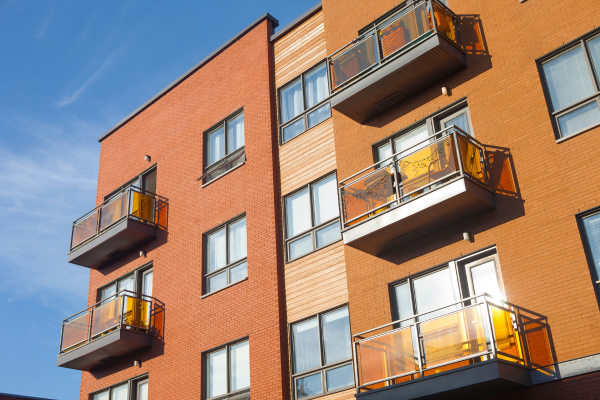August 17, 2023, by Christie Slatcher (source AAGLA)
Are you aware of the upcoming deadlines for compliance with California’s Senate Bill 721 (SB721) and Senate Bill 326 (SB326), also known as the “California Balcony Inspection Laws?” These bills mandate inspections for multifamily rental properties and condominiums containing three or more dwelling units. The compliance deadline is January 1, 2025, so it’s crucial to take action now to meet these statutory requirements.
What Must Be Inspected? Exterior Elevated Elements (EEEs)
SB721 applies to apartment buildings, while SB326 is designed for condominiums, both with three or more units. The legislation was introduced after a balcony collapse in Berkeley, leading to the establishment of a local balcony inspection ordinance, which is now part of state law. As such, inspections are required for Exterior Elevated Elements (EEEs), which include balconies, decks, porches, exterior stairways, and walkways elevated more than six feet above ground level. Load-bearing components, such as railings and waterproofing systems, must also be inspected.
Visual Inspection Compliance
SB721 requires identification of defective elements that may pose a threat to occupants’ safety, while SB326 defines visual inspection as the least intrusive method necessary to inspect load-bearing components. Complying with the visual inspection requirements can be challenging, so it’s essential to seek the help of experienced professionals.
What if the Inspection Uncovers Needed Repairs?
If repairs are needed, then the repairs must be classified as “Immediate Action Required” or “Repairs Required.” An inspector must notify the building department and owner within 15 days of the inspection for repairs that require immediate action. In addition, tenants must be notified and access to these areas may also be prevented, if required. For all repairs, a permit must be obtained within 120 days and an additional 120 days are provided to complete the repairs.
Potential Liability and Penalties
Failure to comply with the inspection laws can result in severe liability for property owners and HOAs and fines up to $500 per day. If issues requiring repairs are identified in the inspection report, and they are not addressed, inspectors are required to notify local authorities. Additionally, safety liens can be issued against the property and non-compliance can impact the property’s insurance eligibility and result in a landlord’s ability to secure adequate insurance coverage.
Inspection Cycles and Sample Size
Inspections are required every six years and reports must be kept for at least two inspection cycles – 12 years. SB721 requires 15% of each EEE type to be inspected, whereas SB326 is much more comprehensive; SB326 demands “a sufficient number of units inspected to provide 95% confidence that the results from the sample are reflective of the whole, with a margin of error of no greater than plus or minus five percent.”
Who Can Perform an SB-721 Inspection?
SB721 requires inspections to be conducted by general contractors with specific types of licenses. These licenses are C-5, B- or A classifications issued by the State of California and have a minimum of five years of experience. The inspections may also be conducted by a licensed architect, licensed civile or structural engineer, a building contractor holding a specified licenses, or an individual certified as a building inspector or official.
Ensuring Your Property Meets Regulations
Navigating the intricacies of these state laws and ensuring compliance can be overwhelming, which is why it is crucial to seek the expertise of experienced professionals. For the contact of trustworthy professionals to ensure safety and compliance with these laws, or for more information on this subject, visit AAGLA.
